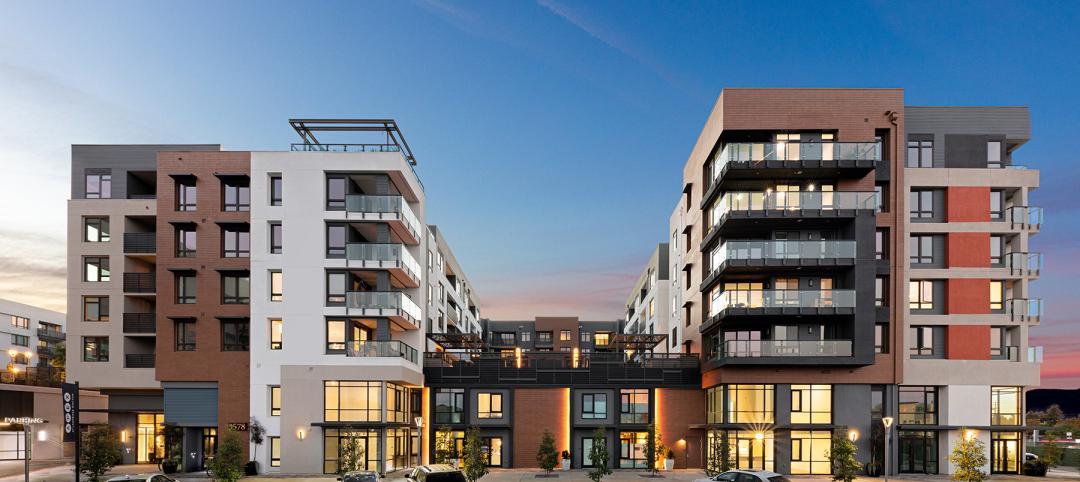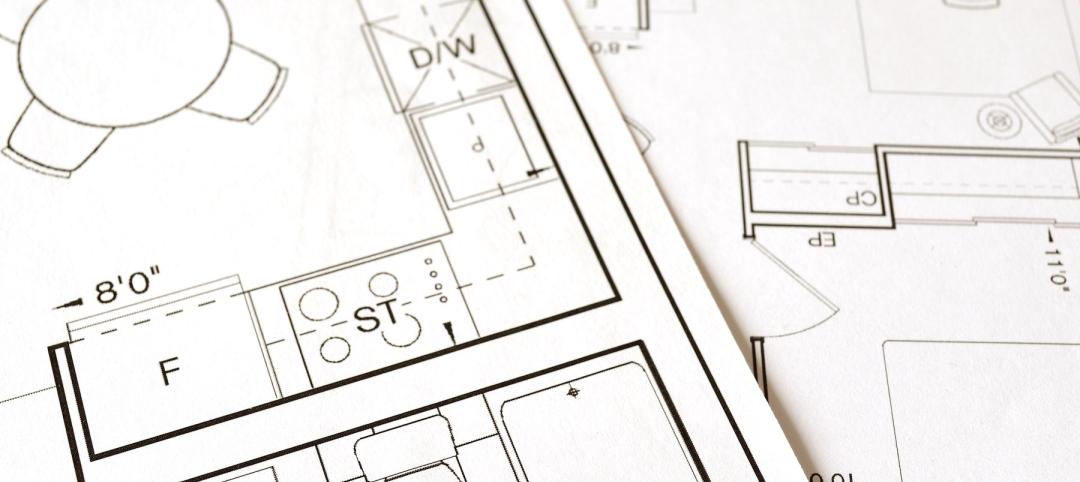The topic of water shortages is nothing new, as cities around the globe struggle with drought, water quality, supply constraints, and failing infrastructures. However, the idea of new plumbing codes and design standards working together to assist plumbing engineers in adding harvested rainwater systems to their design arsenal has been uncharted territory--until now.
With the publication of the 2010 IAPMO Green Plumbing and Mechanical Code Supplement (GPMCS), 2012 IAPMO Uniform Plumbing Code (UPC), and the Rainwater Catchment Plumbing Engineering Design Standard by the American Rainwater Catchment Systems Association (ARCSA) and American Society of Plumbing Engineers (ASPE), the plumbing industry now has authoritative tools at its disposal to standardize the safe and reliable use of rainwater for potable and nonpotable applications.
Rainwater harvesting provisions were introduced in the GPMCS and the UPC by the IAPMO Green Technical Committee (GTC) as part of a broader effort to reduce the energy and water consumption of plumbing and mechanical systems while ensuring that these systems are safe and reliable. The GTC is comprised of the broadest group of expert stakeholders ever assembled to develop sustainable plumbing and mechanical requirements. ASPE and ARCSA are well represented on the GTC and played a critical role in the development of the first model code provisions for rainwater harvesting.
Jeffrey L. Ingertson, CPD, FASPE, ASPE's vice president of membership, serves as ASPE's official representative, while Bob Boulware, immediate past president of ARCSA (and an ASPE member), represents ARCSA. Larry N. Oliver, CPD, FASPE, former ASPE president, and April K. Trafton, president of Donald Dickerson and Associates, round out the slate of plumbing engineering members of the GTC. Additionally, more than 20 sustainable plumbing engineering experts serve among the more than 125 members of the 12 task groups that operate under the GTC.
Click here to view the white paper. +
Related Stories
| Aug 29, 2022
Montana becomes first U.S. state to approve 3D printing in construction
Montana is the first U.S. state to give broad regulatory approval for 3D printing in building construction.
Giants 400 | Aug 29, 2022
Top 175 Multifamily Sector Architecture + AE Firms for 2022
Perkins Eastman, Solomon Cordwell Buenz, KTGY, and Gensler top the ranking of the nation's largest multifamily sector architecture and architecture/engineering (AE) firms for 2022, as reported in Building Design+Construction's 2022 Giants 400 Report. Note: This ranking includes all multifamily sector work, including apartments, condos, student housing, and senior living facilities.
| Aug 26, 2022
Idaho Building Code Board considers gutting large part of state energy code
Idaho Building Code Board considers gutting large part of state energy code.
Multifamily Housing | Aug 25, 2022
7 things to know about designing for Chinese multifamily developers
Seven tips for designing successful apartment and condominium projects for Chinese clients.
Giants 400 | Aug 25, 2022
Top 155 Apartment and Condominium Architecture Firms for 2022
Solomon Cordwell Buenz, KTGY, Gensler, and AO top the ranking of the nation's largest apartment and condominium architecture and architecture/engineering (AE) firms for 2022, as reported in Building Design+Construction's 2022 Giants 400 Report.
University Buildings | Aug 25, 2022
Higher education, striving for ‘normal’ again, puts student needs at the center of project planning
Sustainability and design flexibility are what higher education clients are seeking consistently, according to the dozen AEC Giants contacted for this article. “University campuses across North America are commissioning new construction projects designed to make existing buildings and energy systems more sustainable, and are building new flexible learning space that bridge the gap between remote and in-person learning,” say Patrick McCafferty, Arup’s Education Business Leader–Americas East region, and Matt Humphries, Education Business Leader in Canada region.
| Aug 25, 2022
New York City’s congestion pricing aims to reduce traffic, cut carbon
Officials recently released an environmental assessment that analyzes seven different possible pricing schemes for New York City’s congestion pricing program.
Sponsored | BD+C University Course | Aug 24, 2022
Solutions for cladding performance and supply issues
This course covers design considerations and cladding assembly choices for creating high-performance building envelopes — a crucial element in healthy, energy-efficient buildings.
| Aug 24, 2022
California’s investment in ‘community schools’ could transform K-12 education
California has allocated $4.1-billion to develop ‘community schools’ that have the potential to transform K-12 education.
| Aug 24, 2022
Architecture Billings Index slows but remains healthy
For the eighteenth consecutive month architecture firms reported increasing demand for design services in July, according to a new report today from The American Institute of Architects (AIA).

















